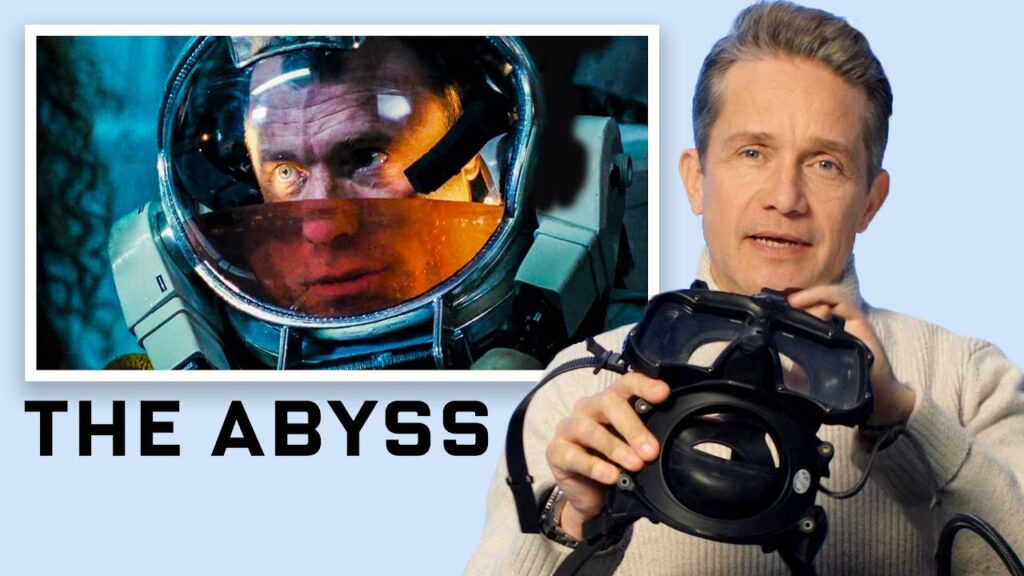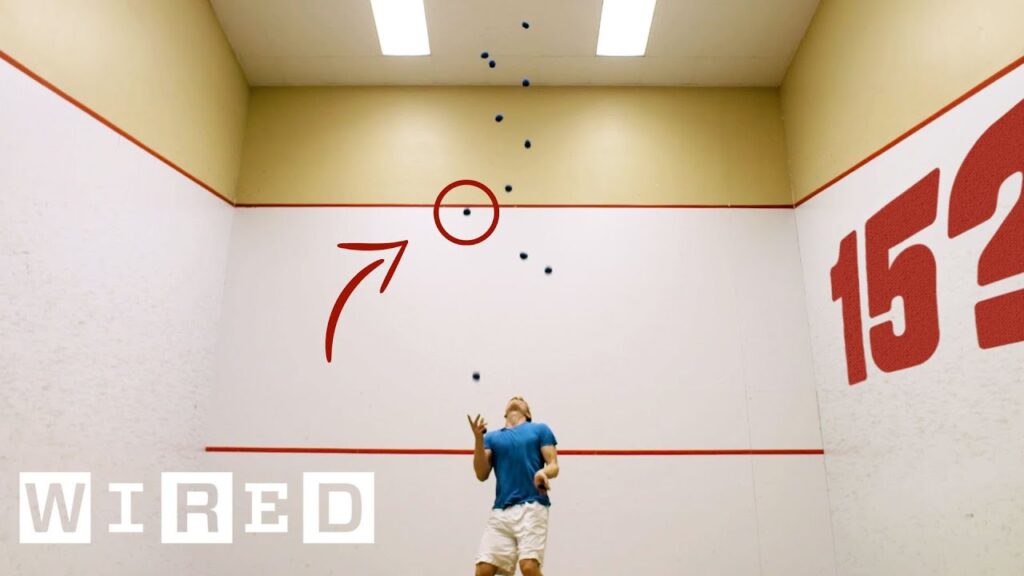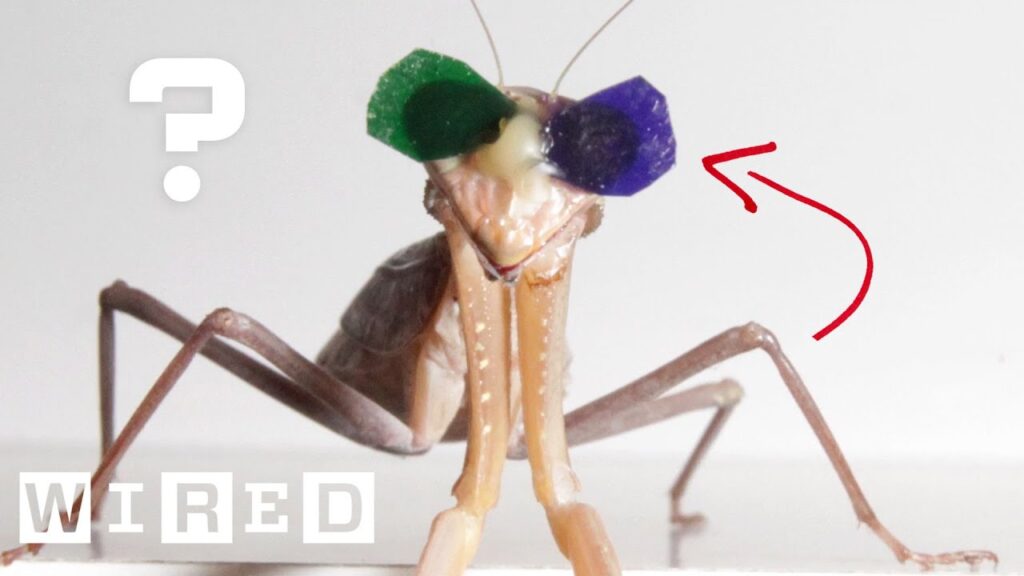ILM’s Cutting-Edge Visual Effects in “The Force Awakens”
Summary
In this article, we discuss the incredible visual effects in the film “The Force Awakens”. We focus on the character development process with Lupita Nyong’o as an example. We detail the facial capture systems used and ILM’s facial capture system, SnapSolver. Finally, we discuss how ILM’s R&D department collaborated with Disney Research Zurich on the development of the Medusa system.
Table of Contents:
- Lupita Nyong’o’s character development process
- ILM’s facial capture system, SnapSolver
- Collaboration between ILM’s R&D and Disney Research Zurich
- Conclusion
Introduction:
The film “The Force Awakens” received an Academy Award nomination for its stunning visual effects. Much of this work was done by Industrial Light and Magic (ILM), headed by Roger Guyett. ILM did exceptional character work, which was a combination of practical and digital effects. This article focuses on the latter and discusses the character development process with Lupita Nyong’o as an example.
Q&A:
Lupita Nyong’o’s character development process
Q: How was Lupita Nyong’o’s character developed for the film?
A: Lupita’s character was developed through a process that started with character design and a full maquette, which was made and scanned. This allowed for the creation of her muscles and bone structure. Lupita was scanned using the Medusa capture system from Disney Research Zurich, which capture not only her fixed, facial expression, but also animated lines of dialogue.
Q: How was Lupita’s performance captured?
A: Lupita’s performance was captured using the Medusa system. This created a library of faces before principal photography. On set, the actress had tracking dots, which were used to solve her expressions into that ILM-shaped library or space. This provided what Lupita was doing, but her performance still had to be retargeted into the new character’s face mode.
Q: How was Lupita’s performance converted into a digital format?
A: ILM uses a proprietary facial capture system called SnapSolver to capture her performance, then convert it through Medusa to something that they can hand over to the highly skilled ILM character animation team. This team refines the final performance.
ILM’s facial capture system, SnapSolver
Q: What is SnapSolver?
A: SnapSolver is ILM’s proprietary facial capture system. It captures facial expressions and movements through a camera system and converts them into a digital format. This digital format can be later used to enhance the visual effects in a movie.
Q: How does SnapSolver differ from other facial capture systems?
A: SnapSolver is one of the most advanced facial capture systems in the world. Its unique feature is that it is a complete system, capturing not only the facial expressions but also the movements of the head and body. This allows the system to create a more natural digital representation of the actor.
Q: How are the captured facial expressions used for visual effects?
A: The captured facial expressions are used to create an animated performance of the actor in the movie. This performance can be adjusted and enhanced to fit the desired effect. It can also be used to create a digital double of the actor.
Collaboration between ILM’s R&D and Disney Research Zurich
Q: How did ILM’s R&D collaborate with Disney Research Zurich on the development of the Medusa system?
A: ILM’s R&D team collaborated very closely with Disney Research Zurich on the development and integration of the Medusa system for production use. Disney Research Zurich is a world leader in face capture and eye scanning, so their expertise was invaluable to ILM.
Q: What is the Medusa system used for?
A: The Medusa system is used to capture the facial expressions and movements of actors in a movie. It creates a library of expressions before principal photography, which can be used to enhance the visual effects in the movie.
Q: What makes the Medusa system one of the most detailed and advanced systems in the world?
A: The Medusa system captures not only the fixed, facial expression, but also animated lines of dialogue. This provides a much more detailed and accurate representation of the actor’s performance. Additionally, Disney Research Zurich’s expertise in the field makes the system more advanced compared to other facial capture systems.
Conclusion:
In conclusion, ILM’s visual effects in “The Force Awakens” were truly exceptional, with Lupita Nyong’o’s character development as a prime example. Their proprietary facial capture system, SnapSolver, and collaboration with Disney Research Zurich on the development of the Medusa system, made their visual effects one of the most advanced and detailed in the world.






